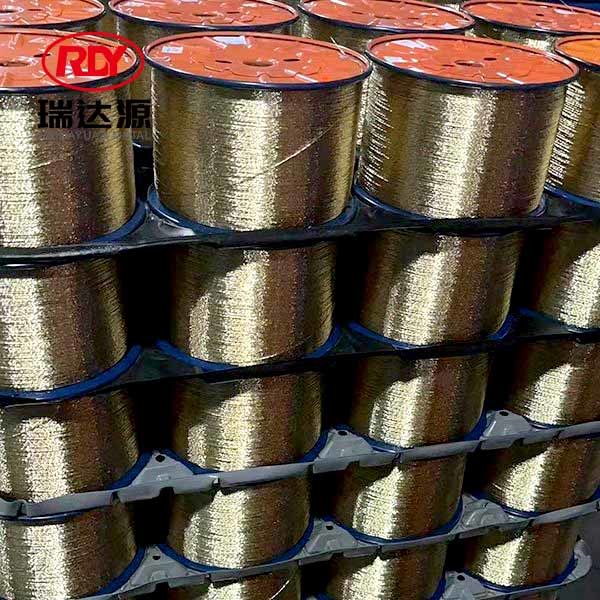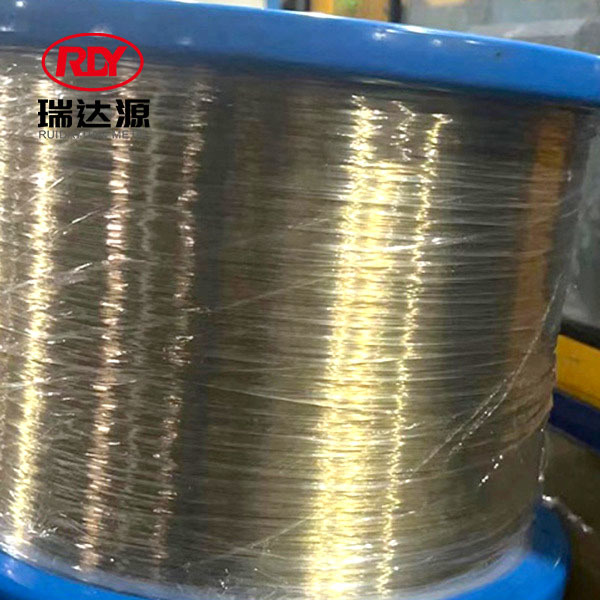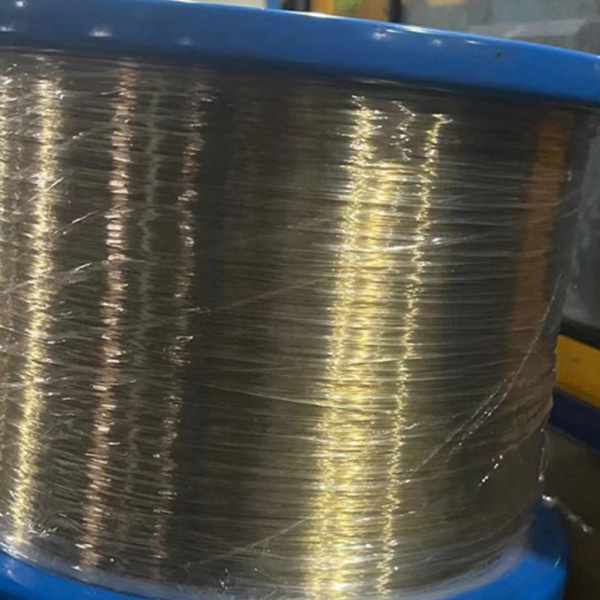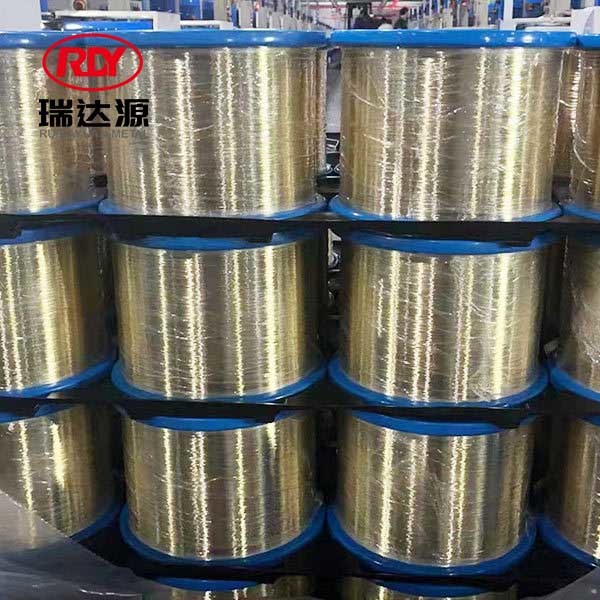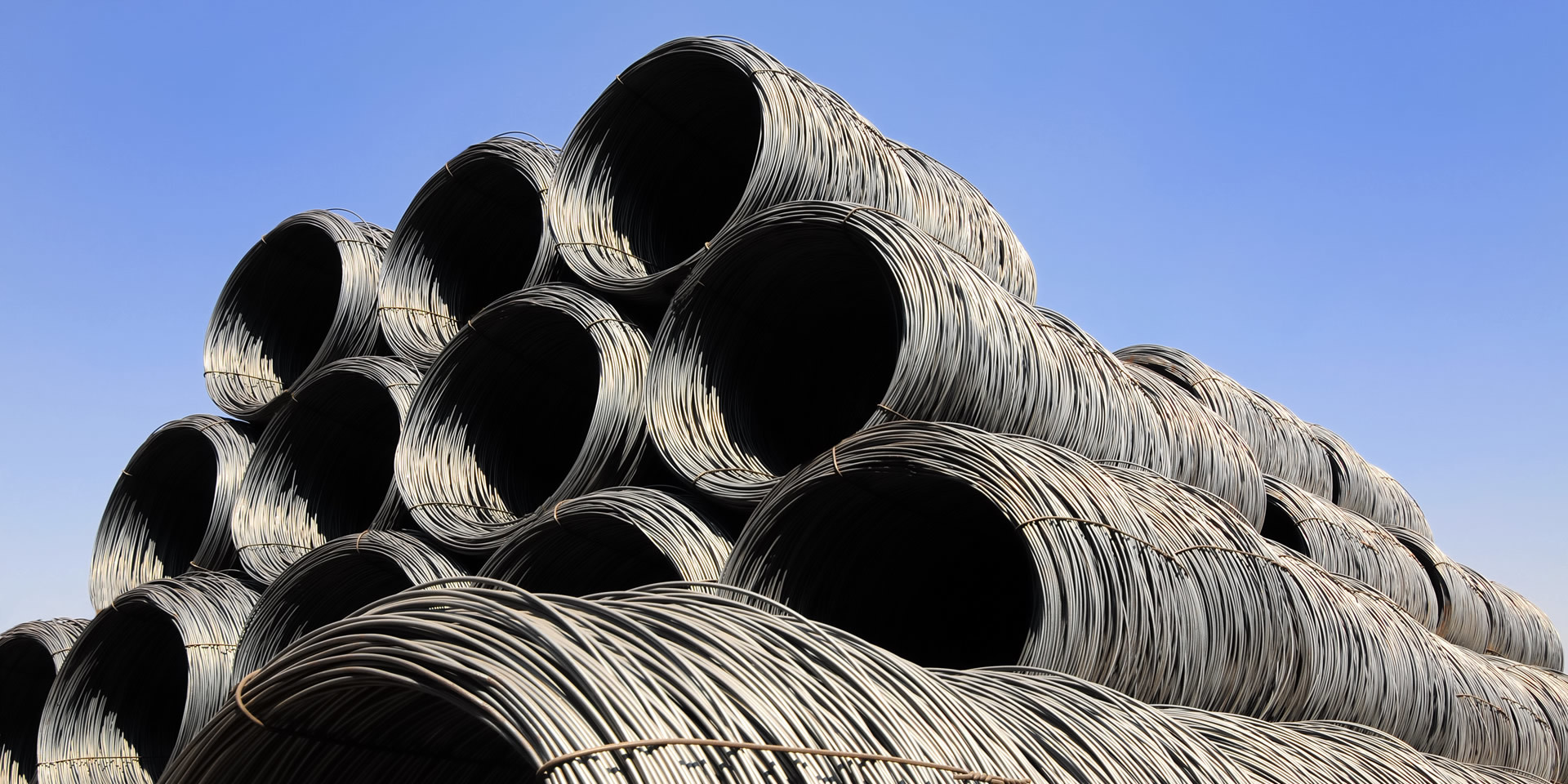The Versatility of Steel Cord in Architectural Development: Transforming Modern Infrastructure
Release Time:
Aug 08,2025
The Versatility of Steel Cord in Architectural Development Table of Contents 1. Introduction to Steel Cord in Architecture 2. The Composition and Properties of Steel Cord 3. Key Applications of Steel Cord in Architectural Projects 3.1 Reinforcement in Concrete Structures 3.2 Enhancing Structural Stability in High-Rise Buildings 3.3 Use in Tensile Structures and Membrane Architecture 4. Sustainable

The Versatility of Steel Cord in Architectural Development
Table of Contents
1. Introduction to Steel Cord in Architecture
2. The Composition and Properties of Steel Cord
3. Key Applications of Steel Cord in Architectural Projects
3.1 Reinforcement in Concrete Structures
3.2 Enhancing Structural Stability in High-Rise Buildings
3.3 Use in Tensile Structures and Membrane Architecture
4. Sustainable Advantages of Steel Cord
5. Innovations and Future Trends in Steel Cord Technology
6. Comparing Steel Cord with Other Materials
7. Case Studies: Successful Implementation of Steel Cord
8. Frequently Asked Questions (FAQs)
9. Conclusion
1. Introduction to Steel Cord in Architecture
In recent years, the construction industry has increasingly embraced innovative materials to enhance building design and performance. Among these, **steel cord** stands out due to its remarkable properties and versatility. This article delves into the multifaceted applications of steel cord in architectural development, highlighting its significance in modern construction practices.
2. The Composition and Properties of Steel Cord
Steel cord is primarily composed of high-strength steel wires, twisted together to create a durable and flexible composite. Its unique structure enables it to provide exceptional tensile strength while maintaining a lightweight profile. Steel cord typically exhibits the following properties:
- **High tensile strength**: Capable of withstanding significant loads, making it ideal for reinforcement applications.
- **Flexibility**: Allows for easy manipulation and integration into various designs.
- **Corrosion resistance**: Depending on the treatment, steel cord can resist environmental degradation, ensuring longevity in various conditions.
- **Low thermal expansion**: Reduces the risk of structural deformation due to temperature fluctuations.
These characteristics position steel cord as a preferred choice for architects and engineers seeking innovative and reliable materials for their projects.
3. Key Applications of Steel Cord in Architectural Projects
Steel cord finds its application across a variety of architectural projects, offering solutions that enhance structural integrity and design aesthetics.
3.1 Reinforcement in Concrete Structures
One of the primary applications of steel cord is in the reinforcement of **concrete structures**. The addition of steel cord to concrete enhances its tensile strength, allowing for slender designs that would otherwise be structurally unsound. This combination is particularly useful in:
- **Bridges**: Steel cord enhances the load-bearing capacity of bridge decks, allowing for longer spans without additional supports.
- **Foundations**: By integrating steel cord into foundation designs, architects can create stable bases for larger structures while minimizing material usage.
3.2 Enhancing Structural Stability in High-Rise Buildings
In the construction of **high-rise buildings**, the challenges of lateral forces from wind and seismic activity are significant. Steel cord offers enhanced stability and flexibility, allowing buildings to sway without compromising structural integrity. This is achieved through:
- **Core structures**: Steel cord can be incorporated into the core of high-rise buildings, providing a strong central support that distributes loads effectively.
- **Bracing systems**: By using steel cord in bracing systems, architects can create efficient lateral load resistance, ensuring safety and comfort for occupants.
3.3 Use in Tensile Structures and Membrane Architecture
The lightweight nature of steel cord makes it an excellent choice for **tensile structures** and **membrane architecture**. These designs prioritize minimalism and efficiency while maximizing aesthetic appeal. Key benefits include:
- **Design flexibility**: Steel cord allows for complex geometric shapes in tensile structures, creating visually stunning designs.
- **Rapid construction**: The efficiency of steel cord in lightweight structures can lead to faster build times and reduced labor costs.
4. Sustainable Advantages of Steel Cord
Sustainability is an ever-growing concern in architectural development, and steel cord presents several advantages in this regard. Its durability contributes to:
- **Longevity of structures**: Buildings that incorporate steel cord can have extended lifespans, reducing the need for frequent repairs and replacements.
- **Material efficiency**: The high strength-to-weight ratio of steel cord means less material is needed, contributing to reduced resource consumption in construction.
- **Recyclability**: Steel is inherently recyclable, making it an eco-friendly choice that aligns with sustainable building practices.
5. Innovations and Future Trends in Steel Cord Technology
As technology advances, so does the potential for new applications of steel cord in architecture. Current trends include:
- **Smart materials**: The incorporation of sensors in steel cord can provide real-time monitoring of structural integrity, enhancing safety and maintenance.
- **Advanced manufacturing techniques**: Innovations such as 3D printing and automated weaving processes are making steel cord production more efficient and customizable.
- **Integration with other materials**: Combining steel cord with composites or polymers can lead to even more versatile and innovative architectural solutions.
6. Comparing Steel Cord with Other Materials
When evaluating materials for construction, it is essential to compare steel cord with alternatives. Key comparisons include:
- **Steel Reinforcement Bars (Rebar)**: While rebar is commonly used, steel cord offers superior tensile strength and flexibility, ideal for modern architectural applications.
- **Fiber Reinforcement**: Compared to fiber reinforcement, steel cord provides higher strength and is more suitable for heavy-duty applications, especially in large-scale structures.
- **Traditional Steel Beams**: Steel cord's lightweight nature can reduce overall structural weight, leading to decreased foundation requirements and material costs.
7. Case Studies: Successful Implementation of Steel Cord
Numerous architectural projects have successfully integrated steel cord, showcasing its versatility and benefits. Notable examples include:
- **The Millau Viaduct in France**: Utilizing steel cord in its cable-stayed design, this bridge is one of the tallest in the world and exemplifies how steel cord can enhance structural performance and aesthetics.
- **The Eden Project in the UK**: The geodesic domes of the Eden Project employ steel cord to create lightweight, sustainable structures that house diverse ecosystems.
8. Frequently Asked Questions (FAQs)
What is steel cord used for in architecture?
Steel cord is used primarily for reinforcing concrete, enhancing structural stability in high-rise buildings, and facilitating the design of tensile structures and membrane architecture.
How does steel cord compare to traditional reinforcement methods?
Steel cord offers superior tensile strength and flexibility compared to traditional methods such as rebar, making it ideal for modern architectural applications.
Is steel cord environmentally friendly?
Yes, steel cord is environmentally friendly due to its durability, recyclability, and efficient material usage, contributing to sustainable building practices.
What are the advantages of using steel cord in high-rise buildings?
Steel cord enhances stability, allows for slender designs, and provides effective lateral load resistance, which is crucial for high-rise structures.
Are there any innovations in steel cord technology?
Recent innovations include the integration of smart materials for real-time monitoring and the use of advanced manufacturing techniques for improved efficiency.
9. Conclusion
The versatility of **steel cord** in architectural development cannot be overstated. Its exceptional properties and wide range of applications make it a vital material in the modern construction landscape. As architects and engineers continue to push the boundaries of design and sustainability, steel cord will undoubtedly play a crucial role in shaping the future of architecture. With benefits ranging from enhanced structural integrity to sustainable practices, steel cord is set to become a cornerstone of innovative building solutions.
Keywords:
Related news



